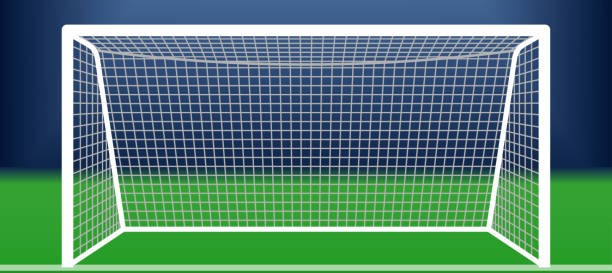













YELLOW AND RED CARDS.

In football, yellow cards and red cards are disciplinary tools used by referees to manage player conduct and
maintain fair play. They are visual warnings to players for offenses, with yellow cards serving as cautions and
red cards resulting in an ejection from the game.
Yellow Cards (Caution): A yellow card is shown as a warning to a player for less serious infractions, indicating they’ve committed misconduct. Players who receive a yellow card must be cautious, as further infractions could lead to a second yellow card and, consequently, a red card.
- Reasons for a Yellow Card: A yellow card can be issued for the following offenses:
▫ Unsporting behavior: Actions like reckless fouls, trying to deceive the referee (diving), or taunting.
▫ Dissent by word or action: Arguing with or disrespecting the referee’s decisions.
▫ Persistent infringement: Repeatedly breaking the rules or committing fouls after being warned.
▫ Delaying the restart of play: Intentionally wasting time by holding the ball or taking too long to restart play.
▫ Failing to respect the required distance: Not standing the correct distance away during free kicks or corner kicks.
▫ Entering or re-entering the field without the referee’s permission.
▫ Leaving the field without the referee’s permission.
Red Cards (Sending Off): A red card results in the immediate ejection of a player from the match. The player must leave the field and cannot be replaced, forcing their team to play with one fewer player. Receiving a red card also generally leads to a suspension from future matches.
- Reasons for a Red Card: A red card is shown for more serious offenses, including:
▫ Serious foul play: Dangerous tackles or challenges that could injure an opponent.
▫ Violent conduct: Physical aggression or fighting, regardless of whether the ball is involved.
▫ Spitting at an opponent or anyone else.
▫ Denying an obvious goal-scoring opportunity by committing a foul (e.g., tripping or handling the ball) when an attacker is in a clear position to score.
▫ Offensive, insulting, or abusive language or gestures.
▫ Receiving a second yellow card: A player who receives two yellow cards in the same game is automatically shown a red card and sent off.
Consequences of Yellow and Red Cards:
-
▫ A player receiving a second yellow card in a match will be shown a red card and sent off.
▫ After a red card, the team must play with one fewer player for the remainder of the match, creating a disadvantage.
▫ Players sent off with a red card are typically suspended from the next match (or more, depending on the severity of the offense).
▫ In tournaments or leagues, accumulating a certain number of yellow cards across multiple matches can result in a suspension.
Summary of Yellow and Red Cards:
-
▫ Yellow card = Caution (warning).
▫ Two yellow cards = red card.
▫ Red card = Ejection from the game. The team plays with one fewer player.
These cards help maintain order and discipline during the game and ensure fair play.




























